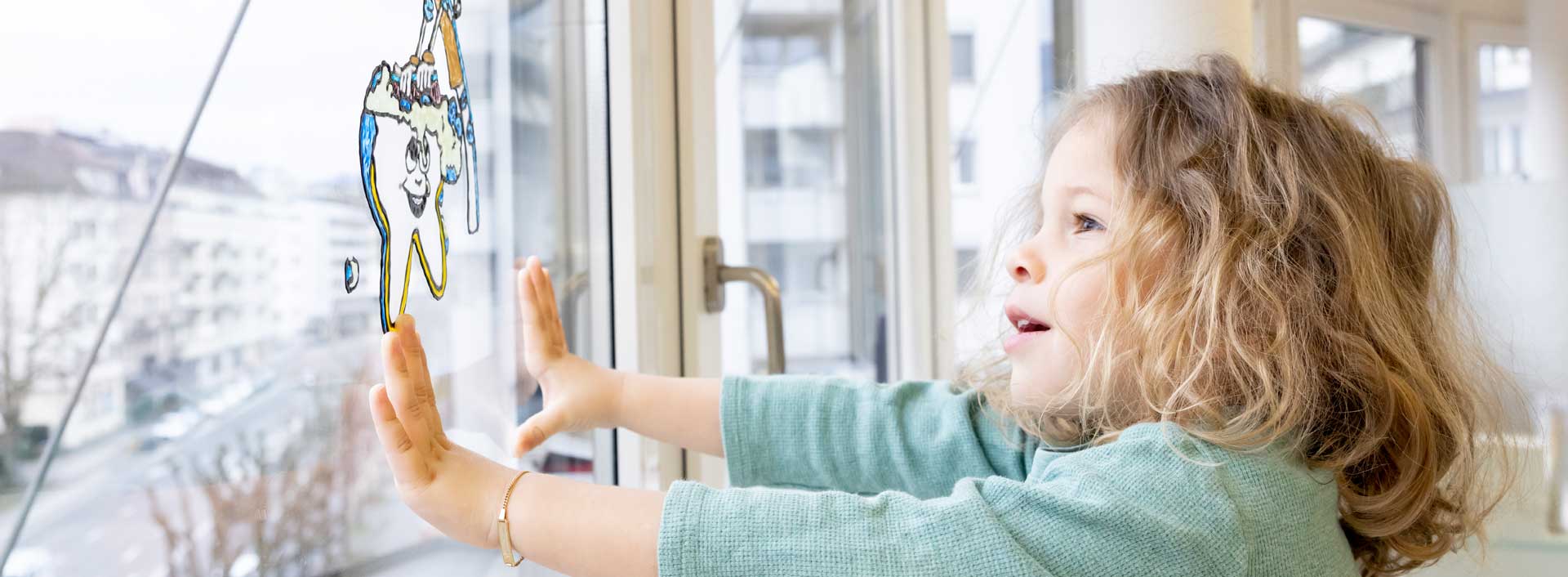Tooth Alignments and Facial Profiles
The two jaws must fit together harmoniously, which can be seen in the profile without directly focusing on the teeth.
An ideal tooth alignment is a regular row of teeth and is aesthetically appealing. It is an important part of the attractiveness of a person at any age.
A functionally correct interlocking of the teeth enables proper chewing function. Ideally, all teeth are supported: each tooth in the upper jaw touches two teeth in the lower jaw and vice versa, like gears in a mechanism. Proper positioning of the upper and lower jaws is essential for good tooth alignment. Regular tooth rows allow for easy cleaning, thus helping to prevent cavities and gum problems.
Class I
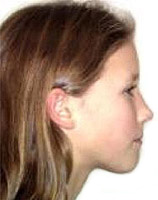
In Class I, typically both jaws are in a good position relative to each other. The back teeth interlock correctly and there is no discrepancy between the upper and lower teeth.

Class II
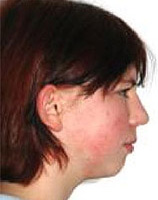
In a Class II case, the jaw alignment is not proper. Typically, the lower jaw is positioned too far back, resulting in an increased overbite between the front teeth and a convex profile.

Class IIII
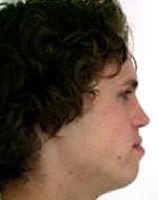
In a Class III case, the lower jaw is often grown too far forward, resulting in a negative overbite and a concave profile.

Crowding
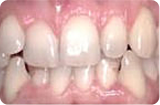
Crowding occurs when there is not enough space in the jaw for the teeth. The teeth may shift or rotate, or they may even remain stuck in the jawbone.
Spacing
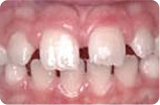
In the case of spacing, there are gaps of varying sizes between the individual teeth.
Open Bite
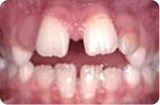
With an open bite, the front teeth of the upper and lower jaws do not make contact.
Deep Bite
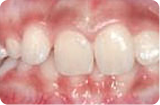
In a deep bite, the front teeth of the lower jaw touch the mucosa of the upper jaw.
Crossbite
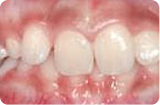
In a crossbite, either a single tooth or an entire row of teeth is misaligned. If an entire row of teeth is misaligned, the lower jaw will subsequently shift to one side to be able to make contact with the upper jaw.
